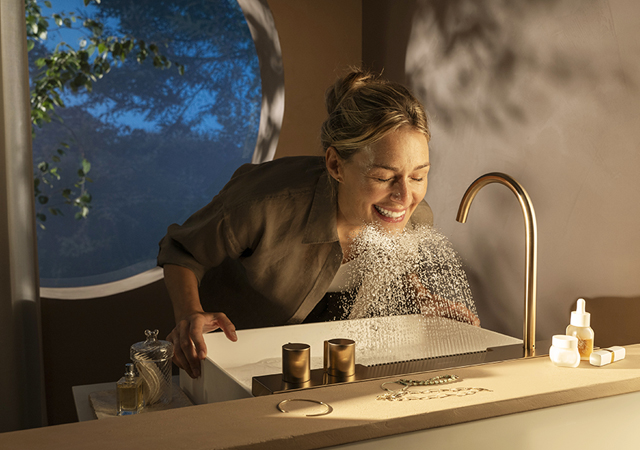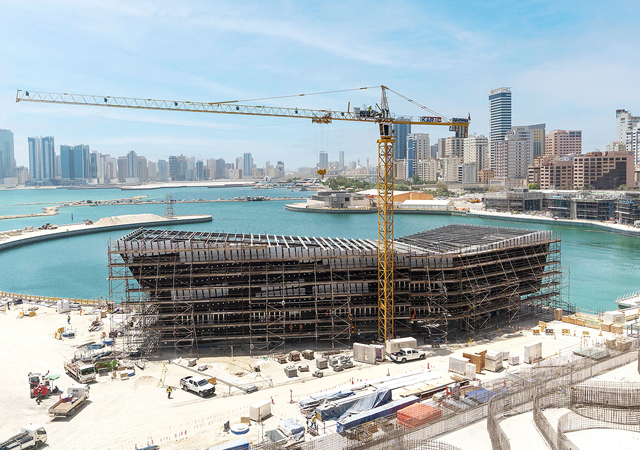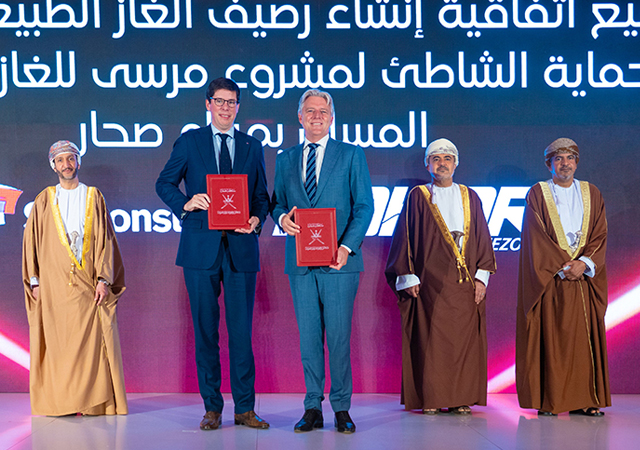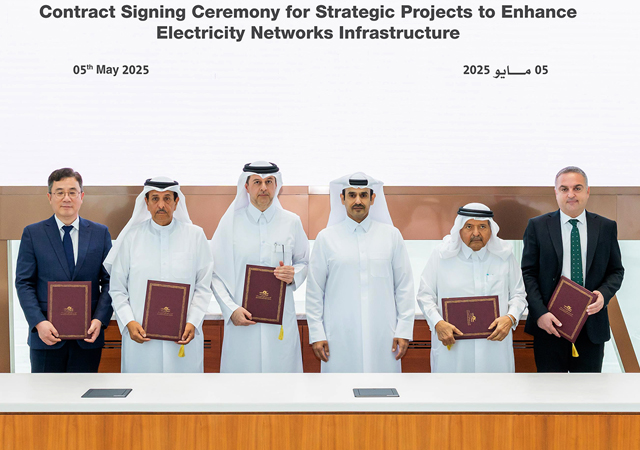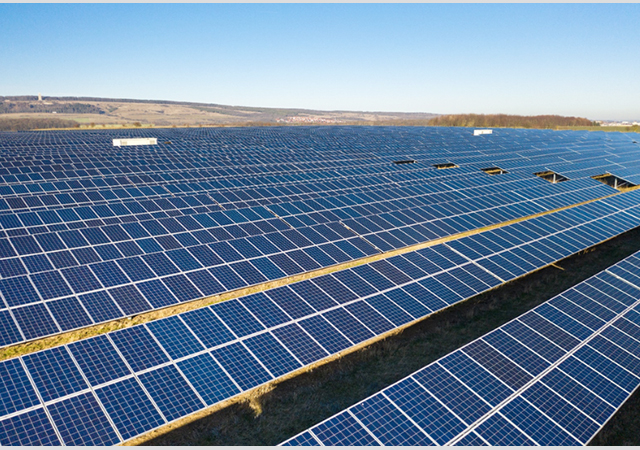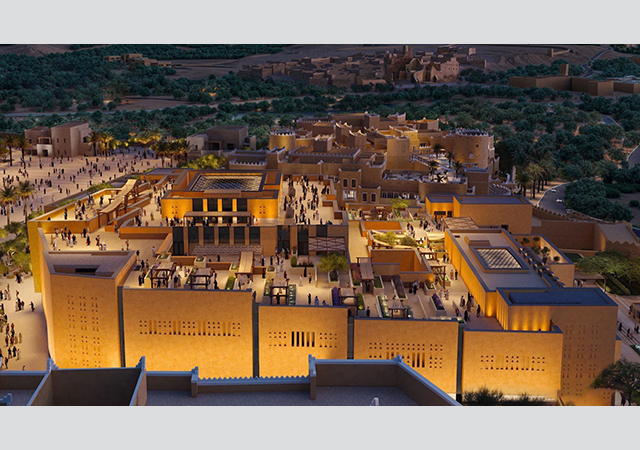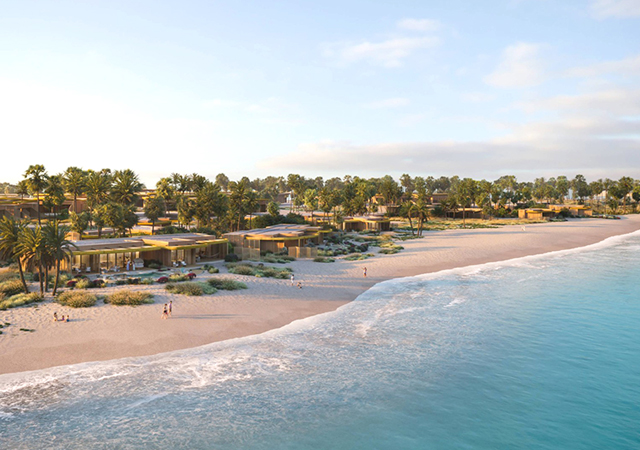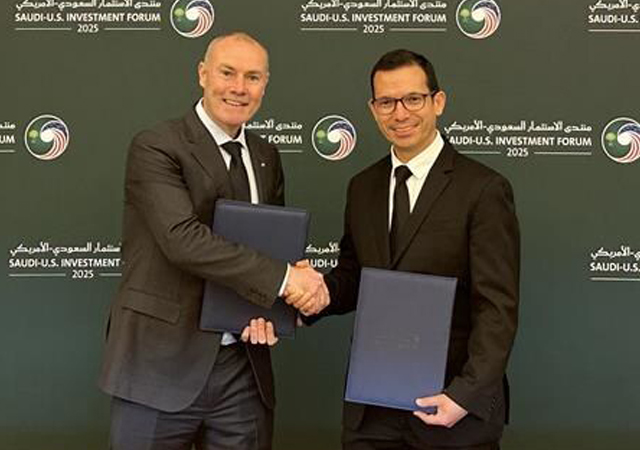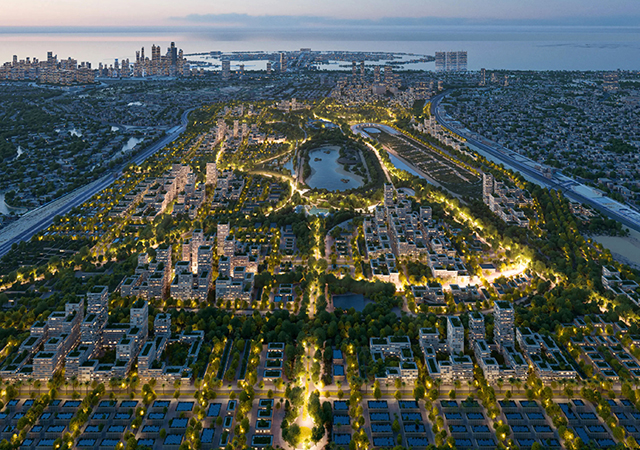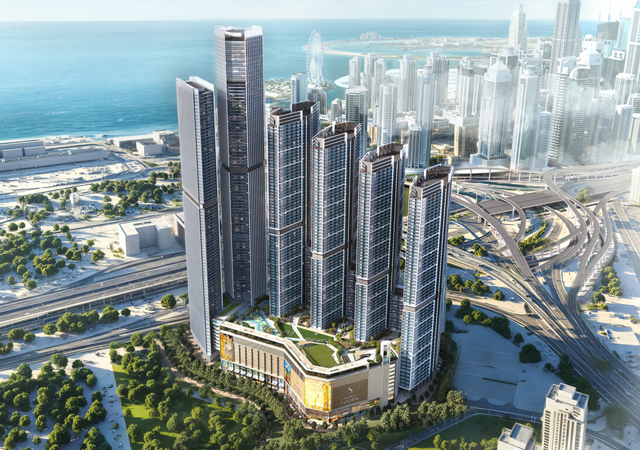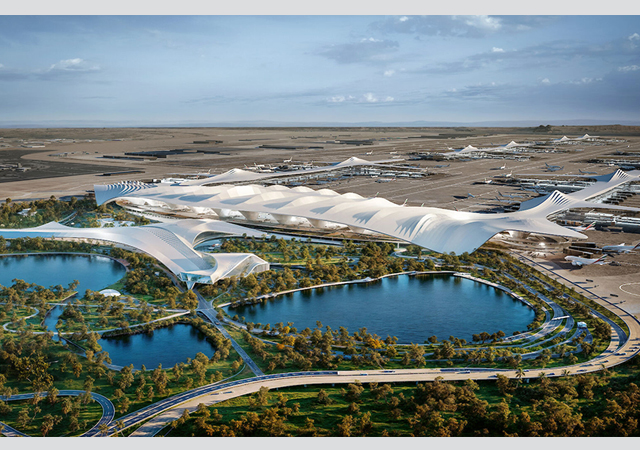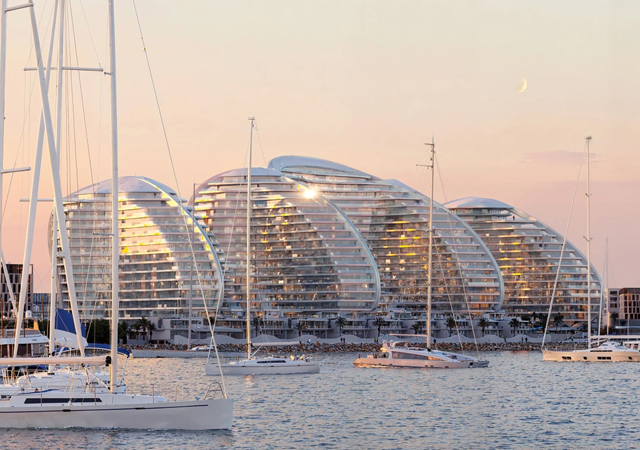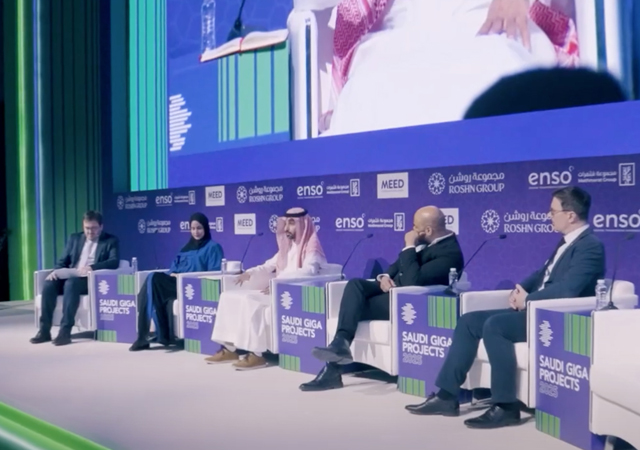
 Qafco ... opted for the CFRP option to repair a prill tower.
Qafco ... opted for the CFRP option to repair a prill tower.
Qatar Fertiliser Company (Qafco) has recently carried out strengthening work of a 30-year-old, 65-m tall tower, which produces around 400,000 tonnes of urea fertiliser prills per year.
Recent inspections of the urea 1 prill tower revealed accelerating development of deterioration in the concrete shell. Various remedies had been tried, but none of them proved successful. Hence Qafco decided to really investigate the root cause of the problems and subsequently resolve whether the tower could serve its purpose for an extended service period of 15 years. Additionally, it was of utmost importance to find long-lasting feasible options of repair with minimum interruption of the urea production.
FE analysis
A detailed inspection and site survey of the facility was carried out. The inspection revealed significant vertical and horizontal cracking in the concrete in many regions on the tower, together with loss of section on the inside of the tower in various locations. Internal and external surface temperature measurements were carried out at various key locations on the tower.
Detailed finite element (FE) analysis was carried out to mimic the current condition of the tower, and to understand its behaviour. The analysis was carried out under dead, live, wind and thermal loading. The analysis also included the effects of the loss of section and the cracking pattern observed in the inspection. The results clearly showed that the vertical bending capacity was just adequate, whereas the horizontal (hoop) bending was significantly under capacity. It was deduced that the original design must have excluded or underestimated the effects of the thermal gradient, which was in the region of 31 deg C.
Strengthening options
A number of options were proposed for strengthening the tower and these included:
The selected engineering consultancy company Mouchel of the UK recommended the CFRP option as this would:
The CFRP strengthening option required two 160 mm by 1.8 mm-thick plates per m throughout the height of the tower. The steel option required two 300 mm by 7-mm-thick plates per m.
Initially, Qafco was hesitant about this method of strengthening, since the use of CFRP on this type of structures in the Middle East had not been tried before. However, recent similar strengthening projects in the UK and a number of silos and chimneys in Sweden and Russia together with the cost and programme implications of the other options provided it with sufficient confidence to go for this option.
Strengthening contract
Due to the nature, complexity and sensitivity of the project, the plate bonding aspect of the project was tendered to specialist sub-contractors in the UK and Europe. The specialist contractor Balvac UK sent a team of four to Qatar to carry out the works, with assistance from Apollo, the main contractor. In effect Balvac was acting as specialist sub-contractor to Apollo. The CFRP plates and the specially formulated adhesive for the Middle East were supplied by MBT, a leading international construction chemicals specialist. Besides, the MBT M-Brace strengthening system, MBT Middle East also supplied additional concrete repair and protection products to form a complete package from one reputable supplier.
The shutdown period for the tower was limited to 25 days. Any delays beyond this period would have incurred considerable loss of urea production. The first three days of the contract were quite challenging with three, six and eight plates done respectively as opposed to the plan of 15 plates per day. However, once the huge learning curve was overcome, the operatives were easily able to bond 22 plates per day. In the end, the contract was completed five days ahead of schedule.
Over 3,500 m of CFRP plates were bonded to the outside face of the tower in 20 days. The whole tower was then painted to give an additional level of protection and enhance its durability.
Remedial works were also carried out to the internal face of the tower, with the old concrete broken out and re-concreted to the upper 10 m of the tower. Further concrete repair works on the inside will be carried out during the next yearly shutdown of the tower.
Conclusions
The Qafco prill tower clearly shows the cost-effective and innovative way in which CFRP plates have been used strengthen a concrete tower. It required minimal business interruption. The strengthening of the prill tower enabled the shutdown period to be reduced from 25 days to 20 days. Alternative methods would have taken in excess of three months and would have required strengthening of the foundations.
A partnership approach was adopted, whereby client, consultant and contractor and supplier (MBT) worked very closely to develop and implement an effective and durable solution. The strengthening managed to preserve the nature of the structure, with minimal changes made to its overall appearance.
The products used for the project included:




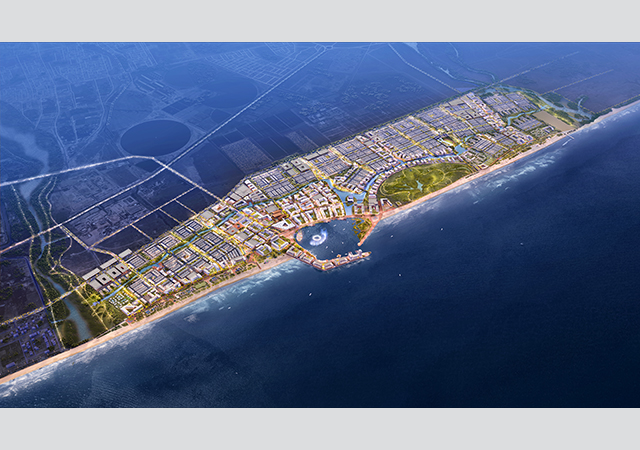



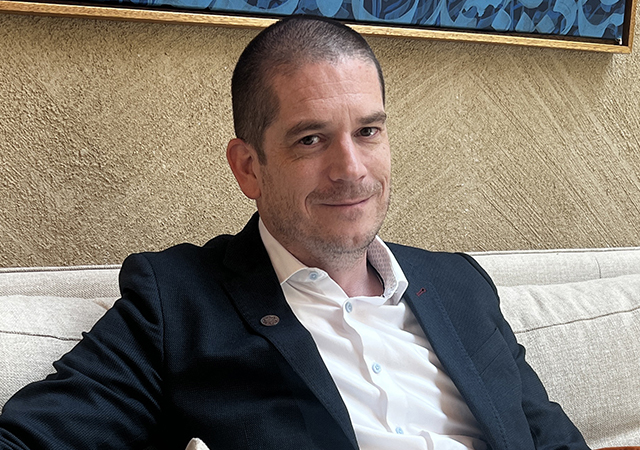

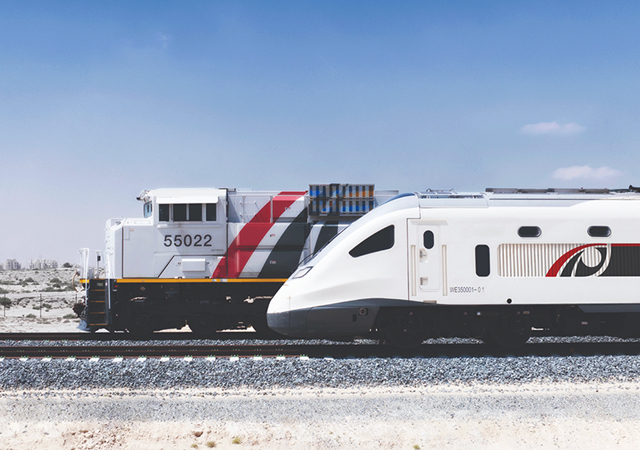
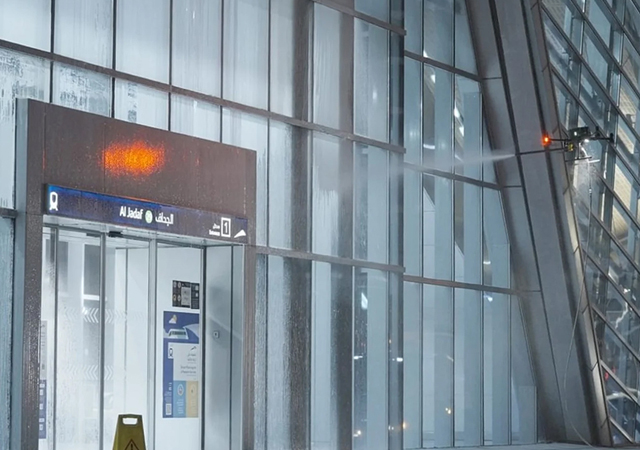
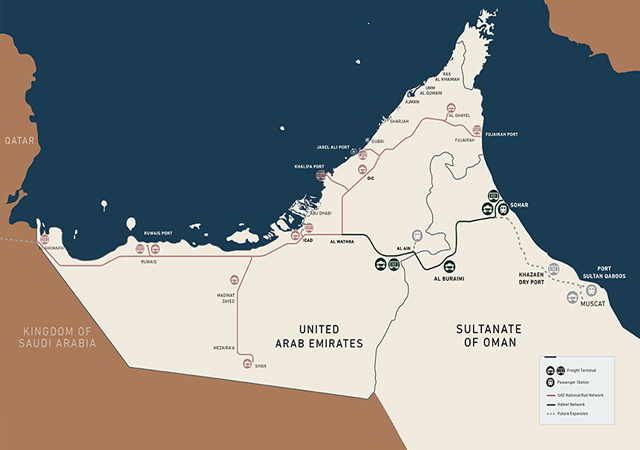
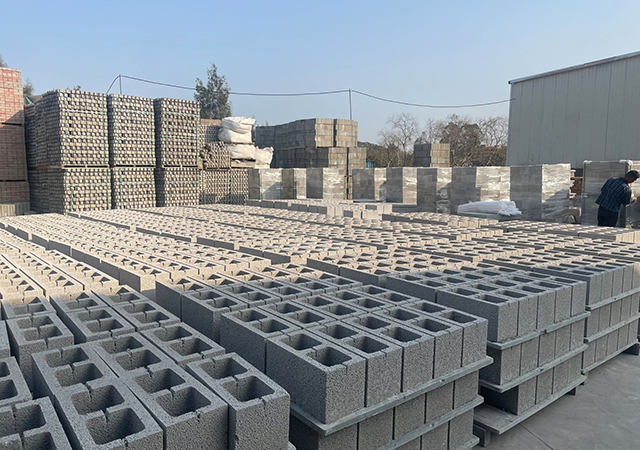


.jpg)
.jpg)
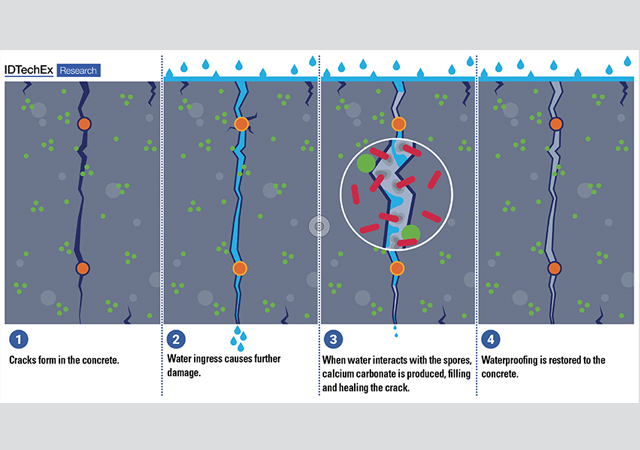
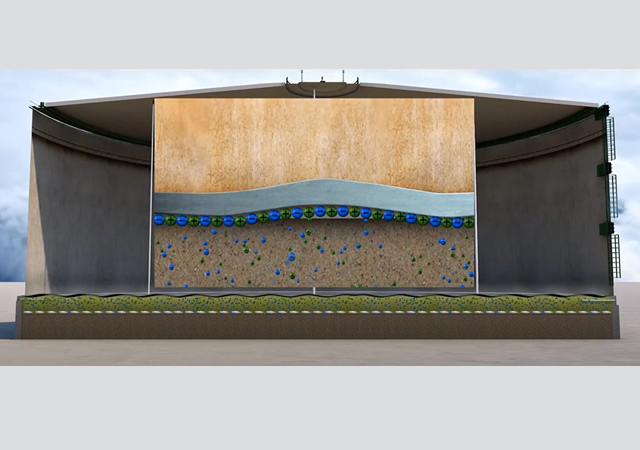
.jpg)
.jpg)
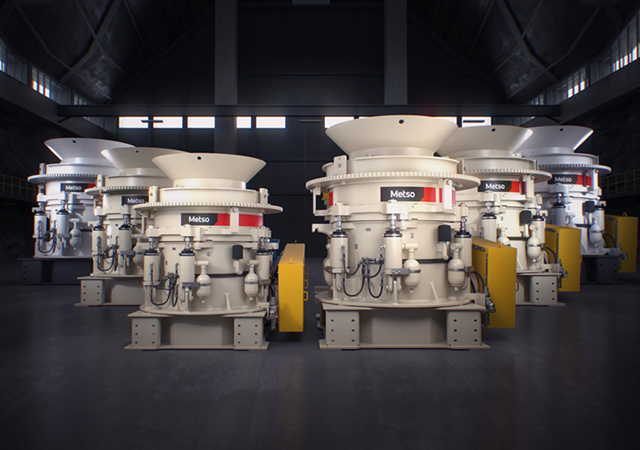
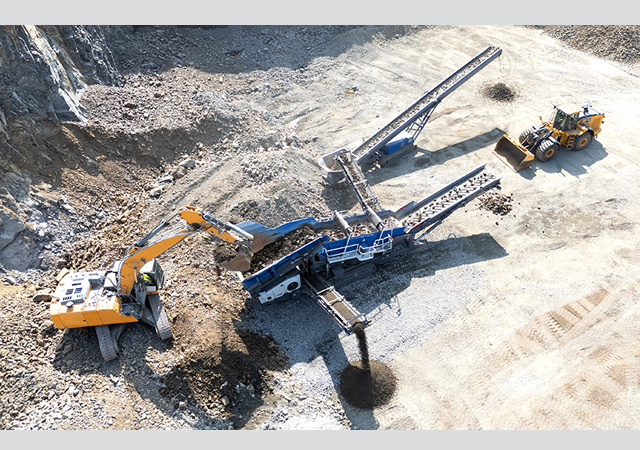
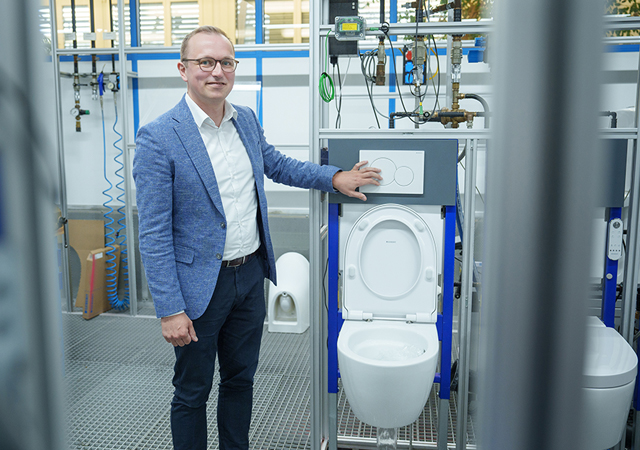

 Doka.jpg)
